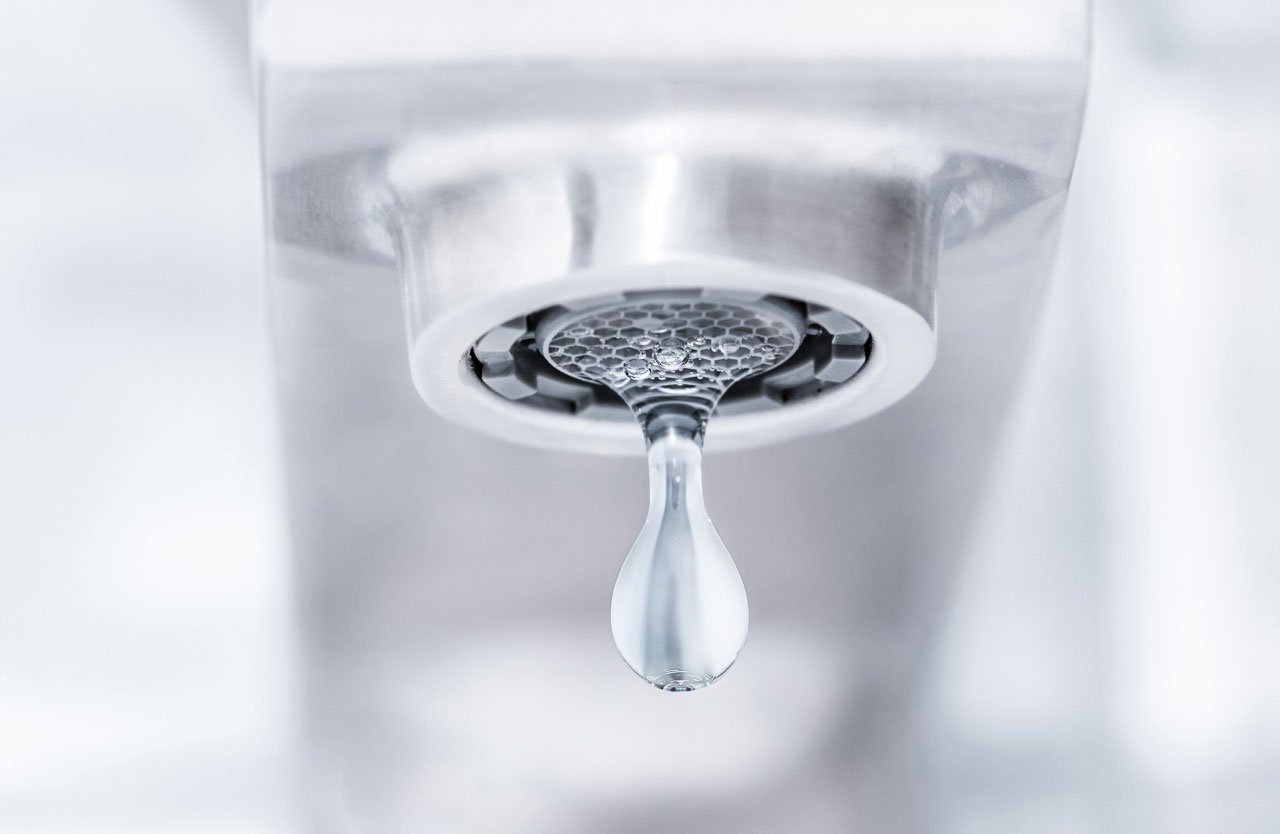Overview
Chloroform, one of the total trihalomethanes (TTHMs), is formed when chlorine or other disinfectants are used to treat drinking water. Chloroform and other disinfection byproducts increase the risk of cancer and may cause problems during pregnancy. learn more about this contaminant
In addition to tap water disinfection, chloroform pollution in the environment also comes from industrial discharges from pulp and paper mills, and from urban wastewater effluent. Human studies show that chloroform damages the kidneys, liver and central nervous system. In animals, chloroform causes infertility, birth defects and cancer.
Click here to read more about disinfection byproducts.
State, National, and Health Guidelines for Drinking Water
EWG Health Guideline: 0.4 ppb
The EWG Health Guideline of 0.4 ppb for chloroform was based on the California Office of Environmental Health Hazard Assessment's public health goal, the level of a drinking water contaminant that does not pose a significant health risk. This health guideline protects against cancer and harm to fetal growth and development.
ppb = parts per billion
National Standard Exists
Health Concerns:
Cancer
Harm to fetal growth and development











